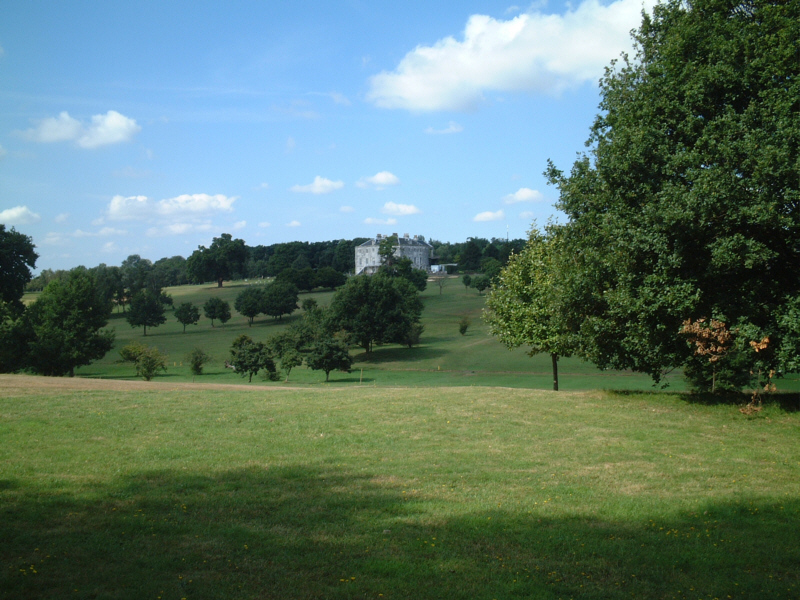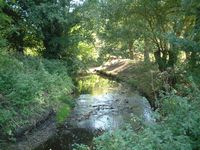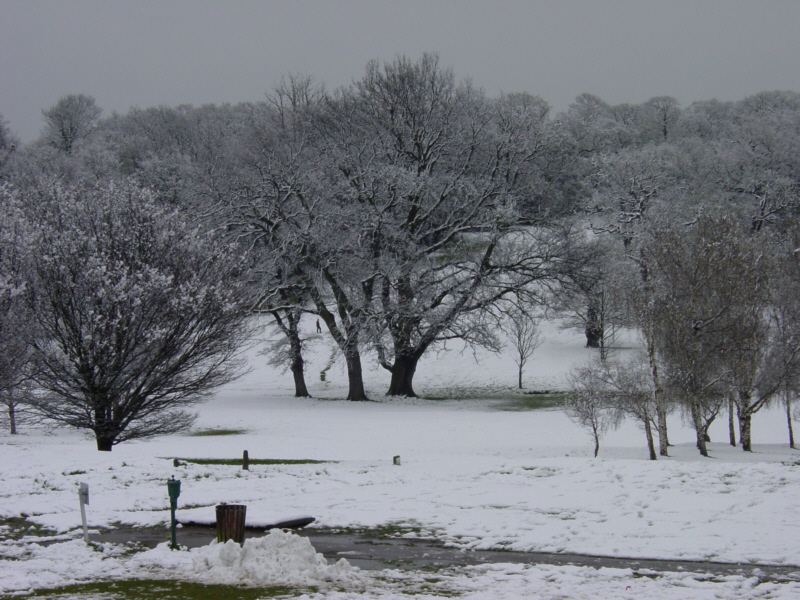|
Interpretation
The History
of Beckenham Place Park
A History of Beckenham
Buildings
Interior Plaster
Decor
Nature Trail
Gardens
Pictures
Sensory Garden
Woodland
Ancient Trees
Meadows
Riverside
Wildlife
Golf Course
Brochures and Guides
Newsletters Archive
Visitor Centre
|
The
woodlands in Beckenham Place Park are designated as Ancient Woodland
which means they can be traced back to 1600. That doesn't mean
all
the trees are 400 years old but some may be. Unfortunately
old trees get less attention than 'new planting' does. If old trees are
managed properly then their life span can be extended. Many trees in
the park were lost in storms, the most recent serious storm was in 1989
and several trees can be found laying down with new growth rising
perpendicular to the fallen trunk. Several trees have been lost to high
winds since then. If we look at the largest tree in
the centre of the first picture, that tree fell down in 2020 after it
was pointed out that the branch to the right in the picture was
overbalancing the tree. Perhaps if the branch was lopped off then the
tree might have survived. Some trees are threatened with diseases
such as oak processionary moth, sudden oak death etc. which can be
fungal diseases. Most oak trees in the park are pedunculate oak trees
with some red oak, turkey oak and holm oak. The Woodland Trust
Ancient Tree website has recorded trees shown on a map. There are
several large sweet chestnut trees which are survivors from when the
woodland was managed and coppiced. Sycamore, Ash, Holly, Wild
Service, Hawthorn, Elder, and Elm are also present. Elm is a tree
which suffered from disease, Dutch Elm disease killed many large
specimens and now it is common for elm to grow to about 20 years and
then succumb to the disease which is carried by a wood boring beetle.
Of course many insects are beneficial to trees by pollinating their
flowers and helping them grow seed.
Some of
the larger trees may have been part of old field boundaries or even the
boundary between the old manors of Beckenham and Foxgrove.
The
Woodland Trust have produced a ready reckoner for oak tree age
estimation and this assumes that a tree of 4 metres in girth is about
200 years old. When a large Turkey Oak fell in 2011 the
rings counted numbered 230 and that wasn't the main trunk so the
tree could have been older indicating that the tree was planted
during the lifetime of John Cator and possibly from plants provided by
his father in law Peter Collinson. Coppiced trees are more difficult to
age as the upper growth is cut down several times and the roots are the
oldest part of the tree. Several trees in the park were coppiced or
pollarded during their lifetimes. Pollarded trees have very stout
lower trunks and thinner upper branches which have regrown after the
upper branches were lopped off.
|



|










